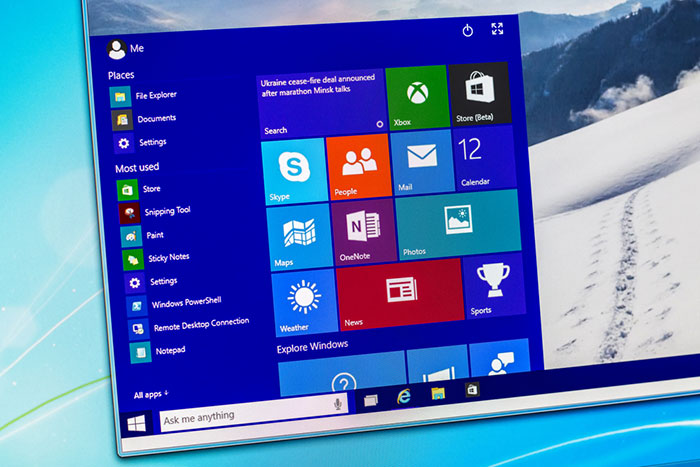Windows 10 is a PC operating system by Microsoft
In summary:
- The full version of Windows 10 was released in July 2015.
- It builds on the existing strengths of previous Windows releases — but Windows 10 also includes some significant new innovations.
- Overall, Windows 10 has been well-received as the most adaptable and user-friendly version of Windows so far.

Stand-out features and benefits of Windows 10 include:
- a significantly re-designed look and feel, including a more user-friendly Start menu and task bar
- a new notifications panel called Action Center — allowing users to quickly edit settings such as Wifi and Bluetooth
- a new Windows store — a one-stop shop allowing users to easily download apps, games, music, films and TV programmes
- more advanced search functions, including a handy little “virtual assistant” application called Cortana
- a new-look, faster web browser called Windows Edge (replacing Internet Explorer as Microsoft's default web browser)
Windows 10 is considered more intuitive than its predecessors — making it even more simple and easy to use for people who have little previous experience using computers.
Windows 10 has also been praised for its flexibility. Optimised to run across a variety of connected devices (specifically Windows tablets and smartphones), many have declared Windows 10 to be a “future-ready” computer operating system that will update and adapt to new technologies more easily than previous versions of Windows were able to.
As a result, users of older versions of Windows are broadly being encouraged to consider upgrading to Windows 10.